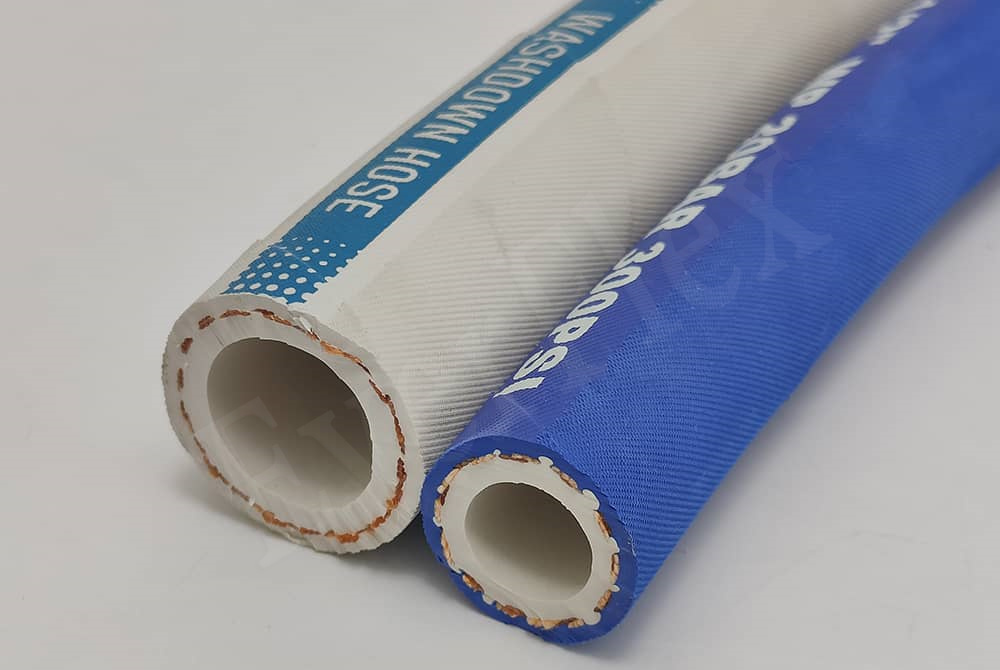Rubber hoses hold a pivotal position in modern industry. They act as protective sheaths for wires, cables, automated instrument signals, and also function as civil hoses. These hoses come in a broad size spectrum, ranging from 3mm to 150mm in diameter. Notably, small – diameter rubber hoses, with an inner diameter of 3mm – 25mm, primarily serve to safeguard sensing circuits.
Effortless Installation of Rubber Hoses
Complex piping systems often present installation hurdles due to confined spaces. Installing pre – formed pipes can sometimes prove impossible. When pipes are bent to fit, cold correction occurs. The extent of cold correction varies, depending on the hose size and specific circumstances, spanning from a few millimeters to tens of millimeters, and in some cases, even reaching hundreds of millimeters. Practical experience indicates that greater cold correction leads to higher internal stress. Residual stress within the pipeline system poses a significant risk. For instance, a bearing lubricant conduit in an engine repeatedly broke due to excessive stress.
However, rubber hoses offer a distinct edge. They can be bent freely, and when bent within the rated bending radius, the resulting internal stress is negligible. Therefore, they bring remarkable convenience to the installation process. Moreover, this characteristic ensures the smooth operation of the pipeline system. That’s why rubber hoses are widely adopted in numerous piping setups.

Take the example of movable cylinders that move up and down for mold loading and unloading. Copper snake – shaped tubes used in such operations often develop fatigue fractures after repeated movements. Although repairable, the downtime for repairs incurs time losses. In such situations, flexible rubber hoses are a far superior option.







